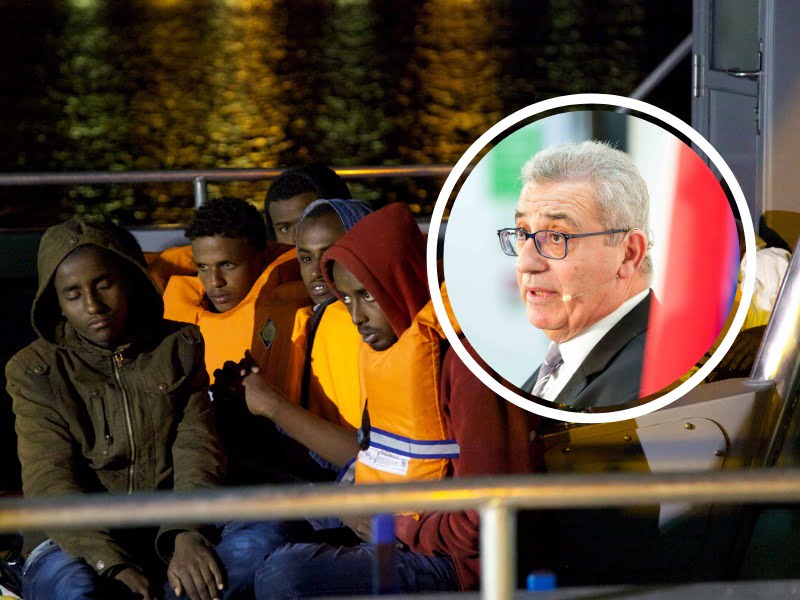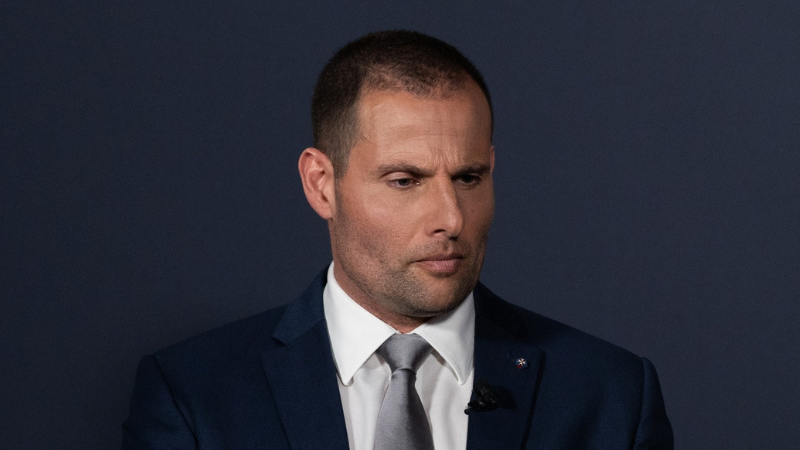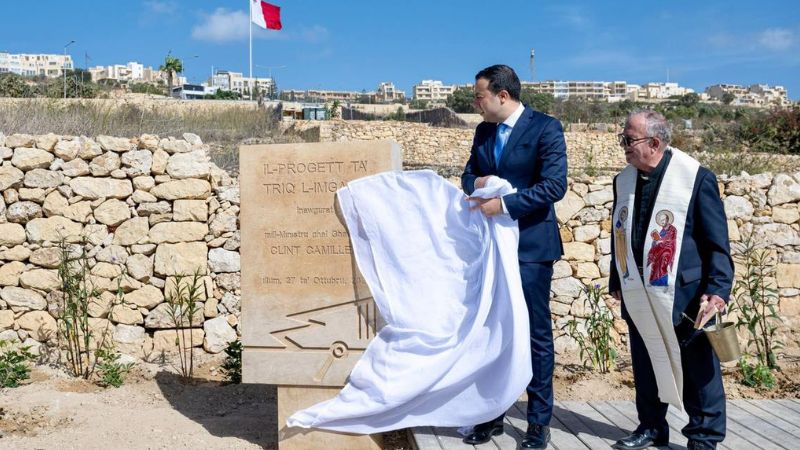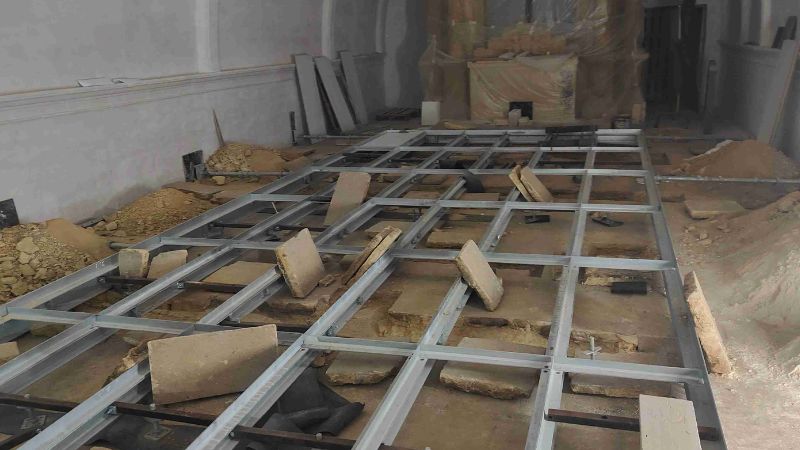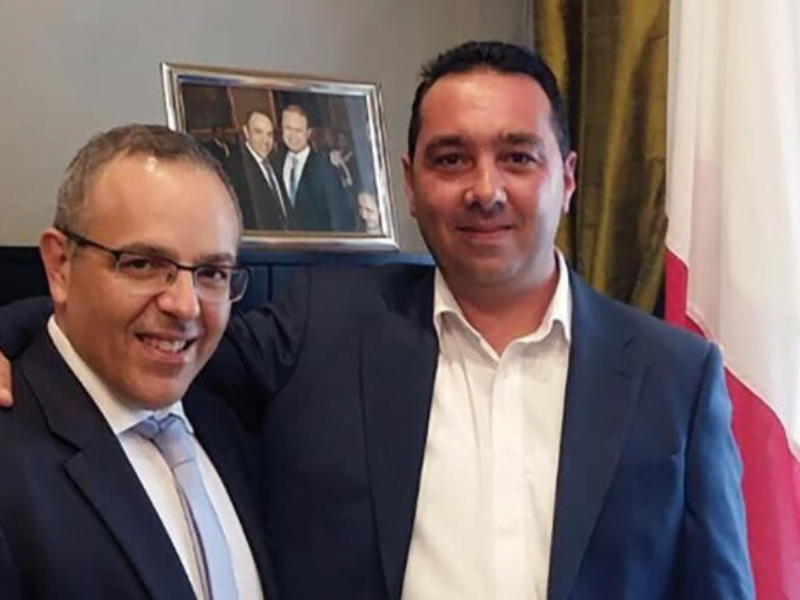Days after the closure of Malta’s ports resulted in the death of 12 people at sea and the return to war-torn Libya for 51 migrants, Foreign Affairs Minister Evarist Bartolo published three simple pie charts to explain a very complex migration scenario.
Shared on Twitter, the pie charts displayed three different sets of numbers: refugees and migrants who have stayed in Malta, those who were relocated to the United States and those who were taken in by other EU member states.
In his post, Bartolo argued that “from 2005 until today, 21,858 migrants have arrived in Malta and only 5,127 have been relocated. Only 1,738 out of 5,127 relocations have been to countries within the European Union.”
“Can the smallest country in the EU carry all this responsibility alone?” he wrote in an appealing tone.
From 2005 till today, 21,858 migrants have arrived in #Malta and only 5,127 have been relocated.
Only 1,738 out of 5,127 relocations have been to countries within the European Union.
Can the smallest country in the #EU carry all this responsibility alone? pic.twitter.com/iIrZKu6Pxg
— Evarist Bartolo (@EvaristBartolo) April 17, 2020
Although the figures depicted in Bartolo’s pie charts may be correct and reflect officially documented arrivals and relocation, there are other important factors that come together in Malta’s extremely complex migration situation, which aren’t represented in the foreign minister’s post.
Speaking to The Shift, director of human rights organisation Aditus Neil Falzon said Bartolo’s representation consciously presented selective figures, leaving out details that made for a truly comprehensive picture of Malta’s migration experiences.
“This overly simplistic approach to what is a very complex issue does nothing to foster a mature national discussion but simply plays on fears to achieve political ends. We find this form of migration debate dehumanising and totally unbecoming of a minister who, in his previous ministerial role, was so supportive and understanding of migration issues,” Falzon said.
The Shift had a look at some of these factors in closer detail
Repatriation
Bartolo’s statistics make no mention of the number of migrants who were repatriated or who took part in the assisted voluntary returns programme.
Figures on repatriation that were tabled in parliament show that since 2005, the starting year chosen by Bartolo for his pie chart calculations, thousands of people referred to as “irregular migrants” were repatriated to their country of origin. The figures available do not refer solely to boat arrivals but also third-country nationals. This does not include those who have applied for, or been granted, asylum status.
"Political challenges in humanitarian crises should never be fought over the heads of vulnerable people trapped in precarious environments."
My review of Central Mediterranean migration developments over Easter for @hratsea.#Migration #Malta #Coronavirushttps://t.co/J1D9uDshn4
— Marc Tilley (@TilleyMarc) May 11, 2020
Others made use of the voluntary assisted returns programme – of which there were over 300 between 2010 and 2018 alone, according to the National Statistics Office.
Assisted voluntary return programmes help migrants who want to or need to go back to their country of origin to return and reintegrate through an assisted service.
Keeping this in mind, it is unclear whether Bartolo has taken repatriation and voluntary returns into consideration in his statistics, as it is not indicated in his charts.
Onward movement to other countries
The Shift asked UNHCR Malta to comment about the figures in Bartolo’s pie charts but the NGO said it was unable to comment on specific statistics, adding that their numbers come from the same sources. These sources were government authorities such as the Office of the Refugee Commissioner.
However, it did point out the difficulty in calculating the precise number of refugees and asylum seekers currently in Malta when taking into consideration the fact that many left Malta to go other European countries, and vice versa, on an unofficial basis.
While official statistics reveal exactly how many people disembarked in Malta, lodged an asylum application and were granted some form of international protection (e.g. refugee status/subsidiary protection) over the years, UNHCR Malta said: “it is difficult to give a precise number of how many of those people are currently in Malta, because of the lack of available data on residency or on onward movement to other countries”.
Questions sent to the ministry asking for an explanation on how the numbers were calculated in light of these points were left unanswered.
Malta’s expat population
The number of non-Maltese nationals who are coming to Malta is also another factor that should be taken into consideration when discussing migration, according to Falzon.
The latest Eurostat statistics show that Malta has one of the highest proportional expat populations in the EU – 45,457 are from EU member states, while 37,810 are from non-EU member states.
@UNHumanRights: "We are deeply concerned about recent reports of failure to assist and coordinated pushbacks of migrant boats in the central Med., which continues to be one of the deadliest migration routes in the world.” #humanrights #DontLetThemDrownhttps://t.co/yFmeNXbDRj
— aditus foundation (@aditusNGO) May 8, 2020
“Why pick on the ‘boat people’ when we speak about being ‘full’, when so many other people have been coming and staying, including EU nationals?” Falzon argued, adding that the tax and other revenue which is being contributed by migrants to the national economy should also be taken into consideration.
EU support
Falzon also argued that the money and support that Malta is receiving to deal with migration issues through its EU membership, including from the European Asylum Support Office as well as funded projects in relation to the AFM, Refcom, centres, training and structures, should also be included in Bartolo’s equation.
In fact, information tabled in parliament reveals that some €70 million has been given to Malta in EU funding between 2014 and 2022 in relation to the issue of migration. The funds – part of the Internal Security Fund and the Asylum, Migration and Integration Fund – are to help tackle irregular migration, both to fund projects by the Armed Forces of Malta, and to cover specifics such as safe accommodation, food, medical and social services, and repatriation services, among others.
The COVID-19 stance
After the Maltese authorities closed the ports in April as part of the preventative measures against COVID-19, Bartolo asked the EU to help crack down on the situation in Libya before it worsened, demanding an EU humanitarian mission in the country along with €100 million worth of food and medical supplies. He said that Malta could not be left alone in dealing with the boat arrivals.
In fact, the numbers put forward by Bartolo defend that argument – for the European Union, and EU member states, to give more of a helping hand. To emphasise this point even further, persons arriving by boat have been placed on Captain Morgan tour boats outside Malta’s territorial waters, waiting until other countries offer to take the migrants in.
While it is true that Malta is dealing with more asylum applications than other countries per capita – in 2018, Malta placed third after Cyprus and Greece – Bartolo also has the responsibility of representing the situation in a fair and factual manner to avoid fueling anti-migration and divisive views.

